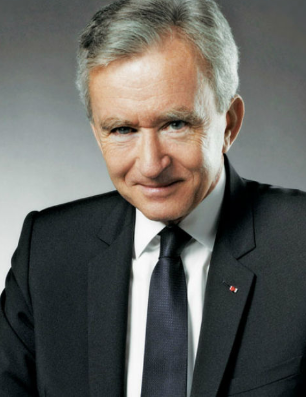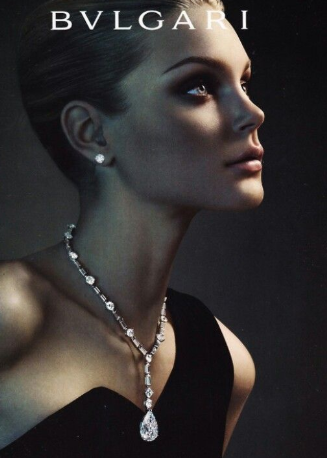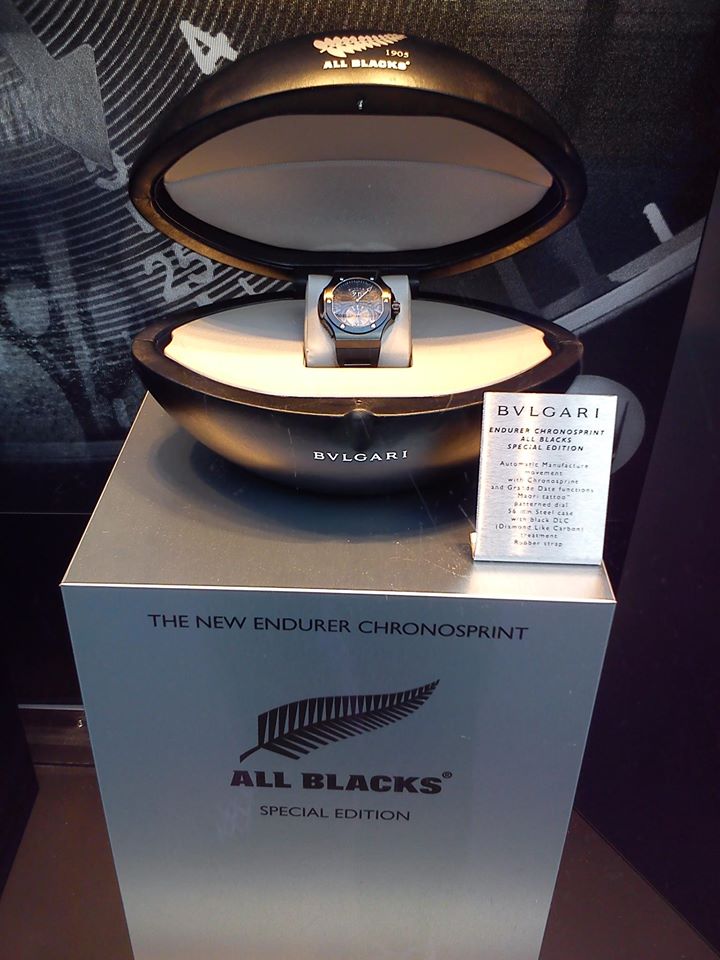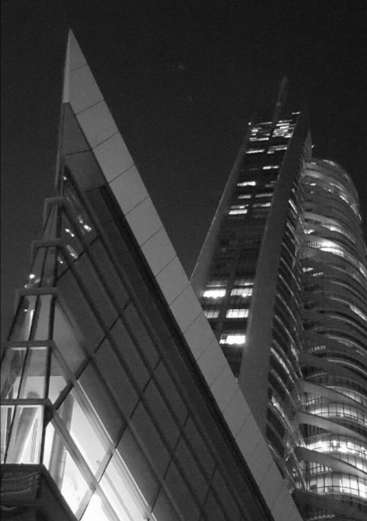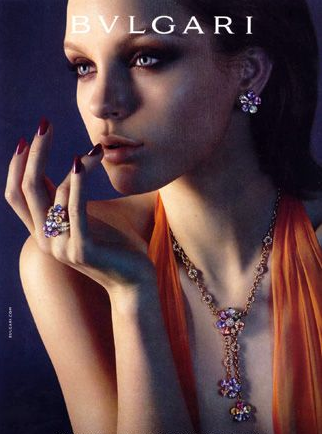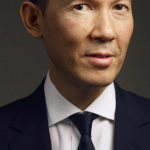- Bvlgari is client¹ of Air France
- Jasmine Sanders appear in Bulgari event
- Wolverine with Rita Fukushima as¹ Yukio¹is distributed by Marvel
- Fiat 500 belongs¹ to Nizza Monferrato
- MI-2 with Tom Cruise and Twandiwe Newton is distributed² by Paramount
- Wall street 2 with Michael Douglas and Shia Laboeuf is realized² by Oliver Stone
Bvlgari
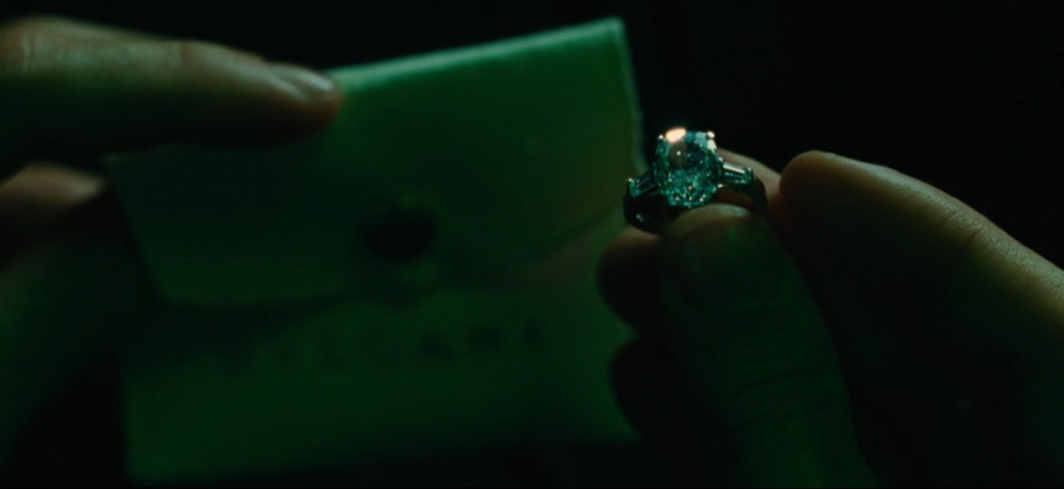
Primary Intrication Blockchain Direct material elements aggregated from NYP docket
Secondary
Tertiary
- Marvel is owned by Burbank
- Nizza Monferrato is owned by Lijnden
- All Blacks is a team from New-Zealand
- Air France belongs to Tremblay
- Fiat 500 belongs¹ to Nizza Monferrato
Discussion
With Boucheron, Bvlgari is the memory of a watercolor by Marie Laurencin¹ under the clouds of autumn, like the crystalline reflection of bottles in tones of honey that glow on the gray pavement of Paris. Bvlgari in 1991 was of a Dodonean majesty who seemed to be able to proclaim the end of the night and the beginning of the day in the capital. But PROUSTE¹ would have said that the memory of a certain image is only the regret of a certain moment ; and houses, perfumes, avenues are elegant fugitives. Like the years. That is why it is not trivial to look at what happened when we look at the present.
We can look forward to the old Paris that dressed Bulgari as movie buffs miss the couple Ursula ANDRESS and Sean CONNERY¹. But it is a point of view of the order of circumstance because after having loved so much as a horizon, as long as it was inaccessible, it was the field of possibilities, it was the imaginary and therefore, the infinite. So in a city that is no longer what it used to be, when Bulgari is there to welcome us back into hotels, we must ask ourselves whether this would not be a return to a limited reality. For BEAUDELAIRE¹, desire should never be defiled by contentment.
But if only the artificial is lovable, then we should observe Bulgari naturally to experience the facts concerning them before being able to lead a discussion on what becomes. From its milestone, we will limit ourselves to the first decade when Paris acquired the brand.
But if only the artifice is kind, then it is appropriate to look at Bulgari naturally, to experience the facts before being able to lead a discussion on what happens from the house to the snake. From the milestone of the brand, it must be limited to its most effervescent period, namely the first decade in which LVMH acquired the brand.
In 2011, New-York hosted sales branches on Fifth Avenue which involved the presence of logistics depots present in the city of Vincent d'ONOFRIO, Brooklyn. The shop triptych Retail - US stock - Italian stock has always worked diligently there. The unsold ones of the year were the subject of an annual special sale which created many round trips between North America and Europe is as much customs fees probably avoidable. But the time did not lend itself to the environment nor to the development of dematerialised pre-sales, especially since, according to the press, the jeweller announced a net profit of 9.3 million euros in the first quarter while it was deficit of 8,3 million euros in the first quarter of 2010¹. Therefore, there was no urgency that required a deep logistical change in the context of a merger with LVMH.
Almost 10 years later, Neuchâtel offered training workshops for the best international sellers. Not surprisingly, Asia and the Middle East were cheerfully represented. This is probably the best initiative that could be taken by the management - at least when the training courses fall during the harvest festival - because the franchisees leave with an authentic experience of European life that they will associate ad vitam with the banner. In a world where everything is bought except the essentials, the few thousand Euros that this represented were often profitable. But unlike other LVMH companies like Dior, managing the internal workforce remained a mystery for many employees.
Let us set aside the case of Chief officers who are exceptional. Directors were in charge of general tasks and delegated the execution to n-1 subordinates. Subsequently, the n-1 subordinate executive of the Directors distributed his tasks to n-2 himself : it was a model of military organization.
However, unlike the public sector, where in a triangular system everyone asks to contribute to the projects to the extent of their claims, the private sector unilaterally foils most of the work on the chain’s first jersey.
This distribution refers the least staggered employees to more and more time-consuming interventions and places the most staggered employees, in other words, the most capable, in an advisory role.
This imbalance is a source of failure both from the base of the workforce working in haste and from the top of the hierarchy, frustrated by the non-performance of the missions for which it is responsible.
The result is a tension between which decompensation takes place thanks to the over-investment of external resources or even the hiring of additional workers, while a homogeneous distribution of work would re-orient the tension chain to the same direction.
Then in Paris, Bulgari’s involvement in the hotel industry¹, under the direction of LVMH, seems to be a logical stage of development in his aspirations for eternity. A highly speculative logic that relies on people’s propensity to forget the past to write a new future¹.But if Bulgari could manage to offer itself to Paris by convincing people of a useful humility, then the brand would create a tense bridge between the glory of the past and the successes of tomorrow.
Minutes docket
- This intrication has 2 replies, 2 voices, and was last updated 5 months, 2 weeks ago by Bluepill.
-
AuthorHashs
-
October 7, 2023 at 9:12 pm #42056OracleOracle
- Pursue Bvlgari hashing line augured by the Oracle
November 28, 2024 at 8:42 am #46468BluepillProvider- X-33 based watch appear² in Minority report movie
- Minority report by Steven Spielberg with Tom Cruise is distributed² by Amblin
December 9, 2024 at 5:35 pm #46553 -
AuthorHashs
- You must be logged in to pursue this hashing.
𝕿𝖍𝖊 𝖓𝖊𝖜 𝖞𝖔𝖗𝖐 𝖕𝖗𝖔𝖛𝖎𝖉𝖊𝖗𝖘
